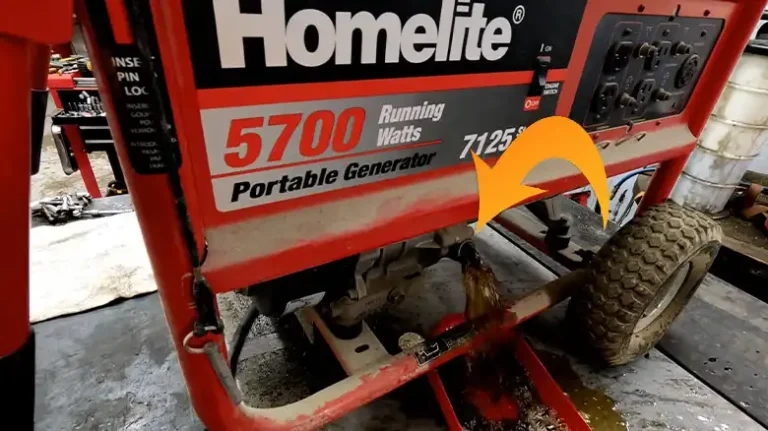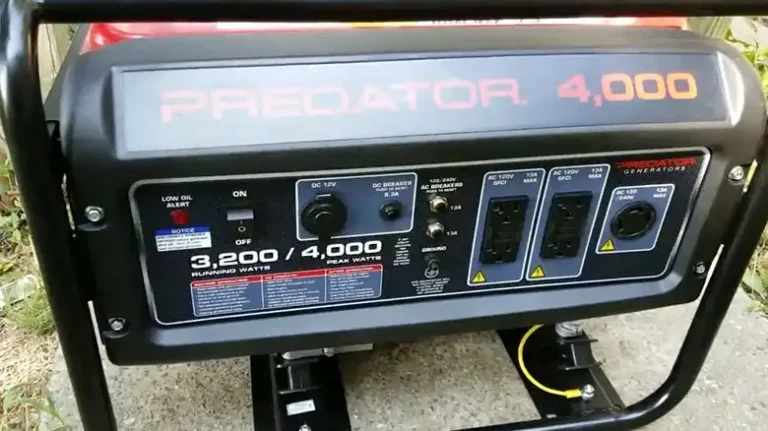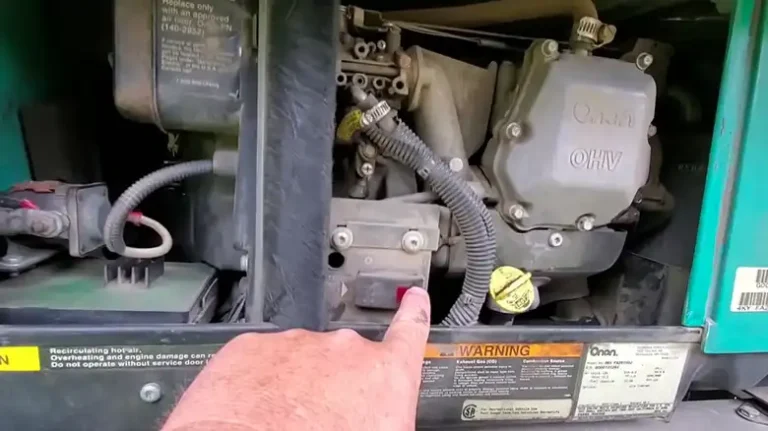How to Test Ford 8N Generator? 4 Ways to Test Your Generator
PTO or tractor-powered generators can come quite handy since you can take them wherever you want. This allows for both portability and affordability. You save up a lot on diesel costs too, since you don’t have to run a separate diesel generator all the time.
Now, if for some reason the generator or the alternator is not working properly, you’ll keep running out of battery. And with a flat battery, you’ll have to keep charging it with an external charger, which is annoying, to say the least. So, in this article, we’ll explain how to test the Ford 8N generator to see if it’s working properly.

Testing a Ford 8N Generator
Luckily, there’s more than one way to test if the generator of a tractor, which is the Ford 8N, in this case, is working properly. We’ll go through them one by one. Also, depending on your situation, you may not need to perform all of them at once. Let’s begin.
1. Test the Amp Gauge
You should start the test with the amp gauge to see if it’s working properly or not. Ideally, when you start up the engine on your Ford 8N, it should show a little bit of charge on the needle. If it doesn’t however, it can mean one of two things. Either the amp gauge has gone bad, or there’s a problem with the charging system.
For safety, make sure that the tractor is neutral before you start it up standing next to it.
2. Remove the Ground Battery Cables
Next, you need to remove the ground battery cables, while the engine is running. This is to see if the tractor can continue to run without staying connected to the battery. if it does, then the charging system is functioning properly.
However, if the engine stops, this means that you have a problem with the generator. it can also mean that the voltage regulator is faulty.
Loosen up the battery connector before starting the engine, so that you don’t have to use any tools to remove it while the engine is running.
3. Bypass the Voltage Regulator
The third test focuses on bypassing the voltage regulator. This allows you to see if the generator itself is the problem or if you just need a voltage regulator replacement.
Grab a set of wires that have an alligator clip on the end. Put one end of the alligator clip on the field terminal of your voltage regulator or cutout. To find the field terminal, look at the voltage regulator and find the letter F, which represents the field terminal. Connect the other end of the alligator clip to the ground connection of the generator.
Now take a look at the gauge, do you see any activity? On a Ford 8N generator that’s working properly, you should see some activity on the gauge. If you don’t, move on to the next step which is to test the generator. If the generator works on the next step, then it’s the voltage regulator that needs a change.
4. Take the Generator Belt off
Before moving on to the next step, take the inspection cover off the generator and inspect it properly. If you see two brushes inside, then your generator needs a voltage regulator. however, if you can see three brushes inside, then your generator needs a cutout, not a voltage regulator. make sure that you have the proper equipment installed before moving forward with this step.
Now, loosen up the bracket for your Ford 8N generator. now move it back so that you can take the belt off of the pulley. Then, bring it back into place and tighten it up. Then take a set of wires as before and connect the field terminal on the generator to the ground connection near the battery. connect the other cable to the power of your battery. now slowly put the power to the armature.
When you do so, the end of your tractor generator should start going around like a DC motor. If it does, it means your generator is working properly. If it doesn’t, then the generator has gone faulty. When conducting this test, make sure that you have good ground, otherwise, the test won’t work properly.
Bonus Tip: Testing the Voltage Output of a Tractor Generator
Take a voltmeter, and turn it on. Then start the generator. Make sure that the voltmeter is set to the “AC Voltage” position, otherwise, you risk blowing a fuse. Ground the meter using the black lead by attaching it to the generator frame. Use the alligator clip to secure the meter to the engine frame. Attach the red lead to the output plug. Touch the red lead to the desired appliance plug-in location. Read the displayed voltage.
Whatever you see on the display, is the real-time or current voltage output of your tractor generator.
Frequently Asked Questions and Answers (FAQs)
What is bench testing a generator?
Benchtesting a generator involves evaluating its performance and functionality in a controlled environment by connecting it to specialized equipment. This process helps detect any issues or malfunctions before using the generator in its intended application.
How do you bench-test a tractor generator?
Turn off the engine and remove the belt. Safely remove the two wires from the generator and store them. Ensure there are no power connections, but the generator remains grounded. Connect a jumper between the two terminals. Use the jumper to connect to the brown wire on the fuse box. Finally, touch the jumper between the two terminals. If you see no activity, your generator is dead.
How long should you test a generator?
Testing your generator a few times a year is what most companies recommend. As a good rule of thumb, test it once every four months. And when you do test it, let it run for at least 10 to 20 minutes.
Final Thoughts
Now you know how to test the generator on your vintage Ford 8N tractor. To conduct all the tests, you don’t need any specialized tools without a set of cables with alligator clips. Luckily, there aren’t too many parts inside the tractor generator, and finding which equipment is malfunctioning is not that hard, as we’ve shown in the steps above. Replace any parts you find problems with and you should be good to go.
Thanks for stopping by.
![[3 Fixes] RV Generator Not Charging Battery](https://generatorwheel.com/wp-content/uploads/2023/03/RV-Generator-Not-Charging-Battery-768x431.webp)




